Introduction
Over the years, I have experimented with many different styles of packs from frameless rucksacks to expensive custom-built packs. I have finally arrived at what I think is the ideal all around pack design – my DIY ultralight backpack. It weighs just over 2 pounds (.91 kg) and can carry 50 pounds (22.68 kg) if I need it to. And it’s so comfortable I don’t mind carrying it for ultralight weekend loads. Even better the design is modular so that I can switch between a small light pack for weekends and a bigger pack for long expeditions.
- A series of lightweight packs were made using a modified Seek Outside frame and hipbelt as the foundation.
- This design meant I could swap out different pack bags for different trips depending on my needs at the time.
- The lightest pack was about 2 pounds (.91 kg), and the heaviest was around 3 pounds (1.36 kg).
- The design is fairly easy to make, and it can carry loads of 50 pounds (22.68) or more if necessary.
A Search for the Perfect Pack
From 2008 to 2011 most of my backpacking trips were short and light. During this time, I happily used some Golite and MYOG frameless packs.
Then in 2011, I began to gear up for the Colorado Trail. Suddenly I was considering carry a rather heavy load of food and water. I could have barely made a frameless pack work, but there was another factor. For years, I stiffened my frameless packs with a foam pad and slept on that same pad. Then I realized how comfortable an 11 oz. (311.85 g) Prolite Thermarest was. The inflatable pad was super comfortable to sleep on, but it did not stiffen up my pack like the foam.
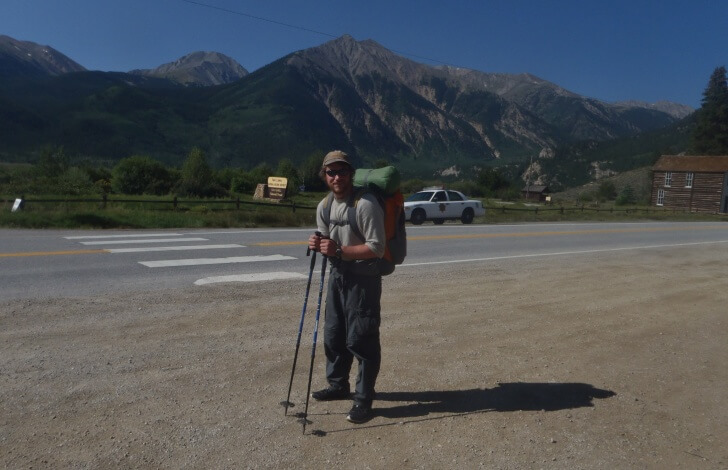
A bit of math indicated that a 21 oz. (595.34 g) Golite+6 oz. (170.10 g) blue pad would weight 27 oz. (765.44 g). But realistically I would want to carry the Prolite to sleep on. So I had a 27 oz. (765.44 g) pack. My BPL Absaroka internal frame pack was 28 oz. (793.79 g) with the straps trimmed. So there was only a 1 oz. (28.35 g) penalty for carrying the internal frame pack and it was way more comfortable.
I decided to take the Absaroka pack, and it worked great. I experimented with frameless packs a bit after that trip, but I kept coming back to the same conclusion. A 2 pound (.91 kg) internal frame pack was more comfortable with loads over about 15 pounds (6.80 kg) than any frameless pack I tried.
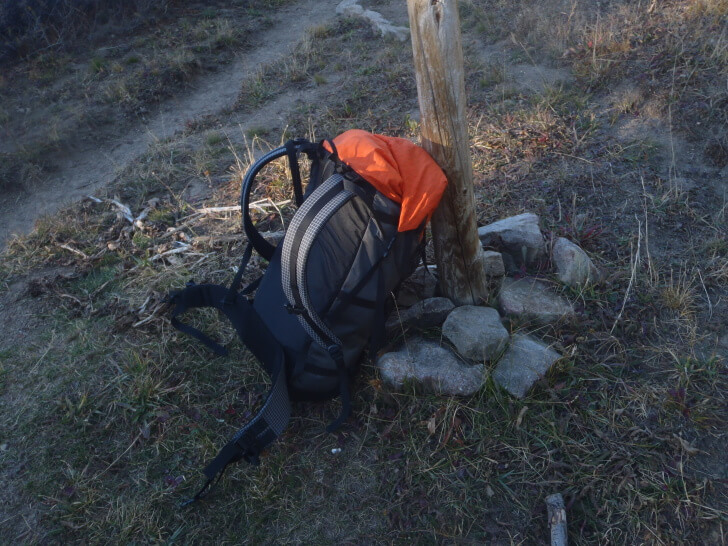
With the BPL pack wearing out I had Chris Zimmer make me a simple pack with a hoop style frame. I think it was 33 oz. (935.53 g). Chris did a fine job on the pack, but I made a few mistakes designing the hipbelt. The pack should have been good to 40 pounds (18.14 kg) but with the poorly fitting hipbelt, it was limited to lighter loads. Please note this was a custom pack made to my specifications; I’m not blaming Chris. It was my bad idea not his.
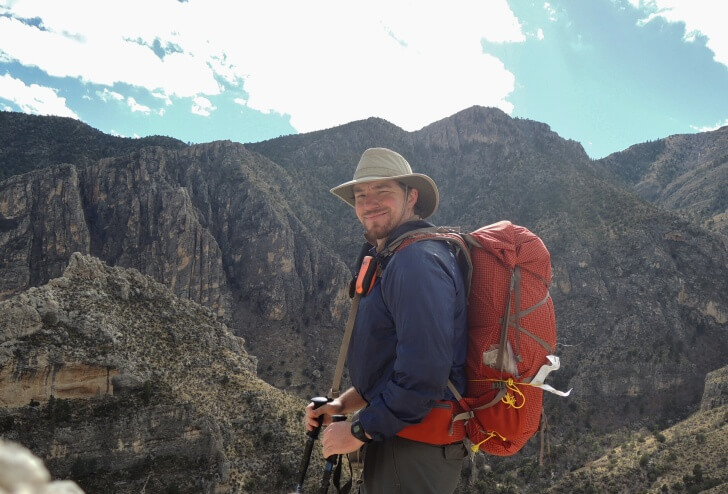
In 2013, I got an Exped Lightning 60 for a BPL review. I used it in Wyoming then moved to West Texas where it was great for heavy water loads. It was slightly heavier than the Zimmer pack, but the hipbelt fit my body much better. So I sold the old pack.
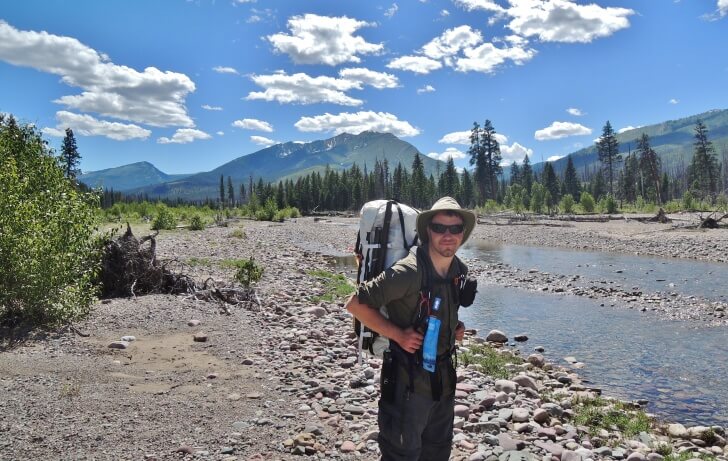
I probably would have stuck with the Exped Lightning or an MYGO version of it if I had not gotten into packrafting. It was quickly clear that my Exped was too small to carry my rafting kit. So I bought an HMG Porter 44000 and used it for the summer of 2014.
Ryan Jordan reviewed the Porter and liked it. My experience was that it was okay, but I had a few gripes. First, it just didn’t fit me as well as other packs. Second, I didn’t like the fact that it was so tall. I wanted more of the weight and bulk carried a bit lower for bushwacking. I considered a Seek Outside pack, but it was heavier and had a tall frame. It would have been great for packrafting, but I would have wanted something else for shorter trips.
Dave Chenault’s Pack
My thinking changed when Dave Chenault began to blog about his modifications to the Unaweep pack. By streamlining the design, he created a lighter and smaller pack than the commercial Unaweep.

I immediately saw the benefits because his design would allow me to create a relatively light pack that could carry plenty of weight, and compress down small if needed for shorter trips. I could also make a smaller and lighter version for non-packrafting trips.
I ended up making multiple pack bags for different applications all using the same frame and hipbelt system. So with full credit to Dave for inspiring the idea, here are the basics for the pack design.
DIY Ultralight Backpack
Member Exclusive
A Premium or Unlimited Membership* is required to view the rest of this article.
* A Basic Membership is required to view Member Q&A events

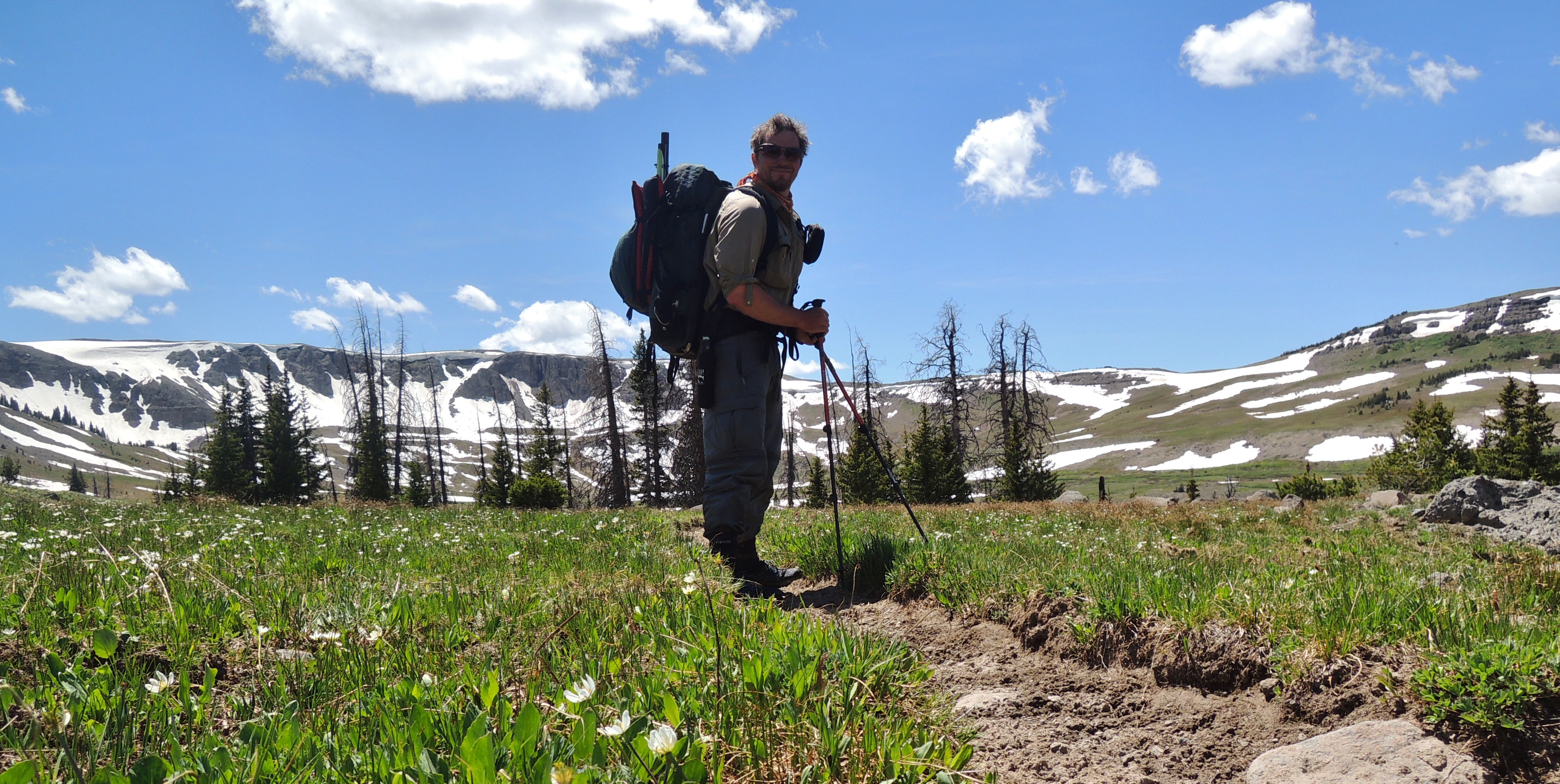


Home › Forums › DIY Ultralight Backpack: My Search for a Perfect Pack